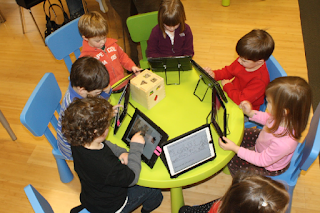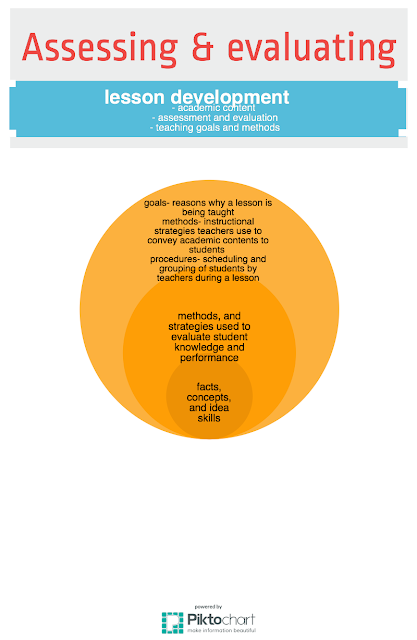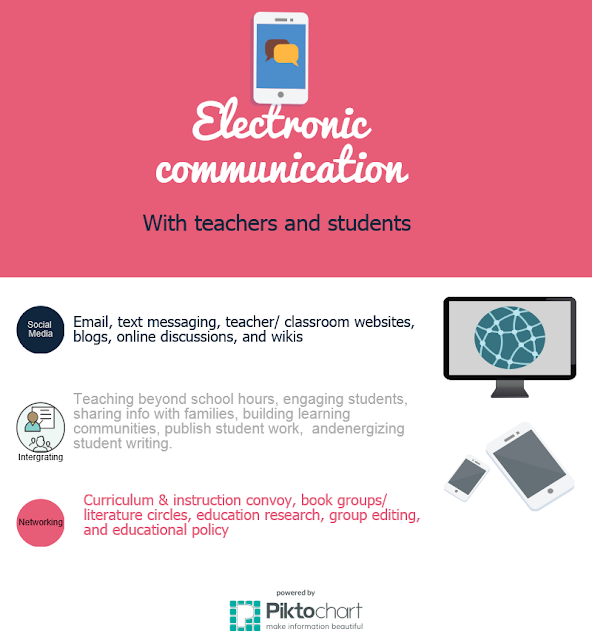For chapter 12 I found many distinc concepts. I liked this chapter because for the final post of this course it sums up many ways to integrate technology as a teacher and the issues of it. I found this
article that is relevant to the integration of technology but it is also from 2007 and if you read though it, you'll see how much technology in the classroom has changed.
Todays educators have to make informed choices, explore technology, and promote change. The technology of todays students is always changing and the teachers have to be able to always be informed about it and keep up today with it. To integrate technology into the classrooms there are five stages, entry, adoption, adaptation, appropriation, and invention. These stages describe how capable the teacher is of using technology in their lessons. When technology is properly used in the classroom there are many positive learning developments from the students. Such as explore and present information dynamically, act more socially aware and confident, communicate effectively, be a self starter, share knowledge spontaneously, and have a positive orientation toward the future. Many issues also come with trying to integrate technology in the classrooms. Some of the issues are getting administration support, unwillingness to change favorite lesson plans, reluctance to use technology in a new lesson plan, use of technology as a reward/ punishment, as an add on to other activities, and to separate students by ability groups
Another important concept is that event though in class there are inequalities in the technology there are some. It is our jobs as teachers to make sure just like in the classroom everyone is equal. Weather its how they are being treated how they are taught or how they are taught with the technology they use. The most common new feature in classrooms is one to one laptop computing. Making sure every student in the school is supplied with their own laptops for educational use. This idea is promoted by new machines, use in higher education, and research studies.

Lastly the other important concept is the educational change of integrating technology. Now because of the technology the material taught is included with the technology. Today the kids have to learn the common core materials but also the technology tools and references to use it. Computers are encouraged in education because they support knowledge construction, explorations, learning by doing, learning by conversing, and are intellectually partners that support learning by reflecting.
As Schools Start So Do New Waves of Technological Improvement for Education. (2013). Retrieved April 24, 2016, from http://tablet-news.com/2013/09/15/as-schools-start-so-do-new-waves-of-technological-improvement-for-education/
How to Integrate Technology. (2007). Retrieved April 24, 2016, from http://www.edutopia.org/technology-integration-guide-implementation
12 Easy Ways to Use Technology in the Classroom, Even for Technophobic Teachers. (n.d.). Retrieved April 24, 2016, from http://www.teachhub.com/12-easy-ways-use-technology-your-classroom-even-technophobic-teachers
Chapter 12 By: Shelbyburd. (n.d.). Retrieved April 24, 2016, from http://flipquiz.me/u/shelbyburd/chapter-12





